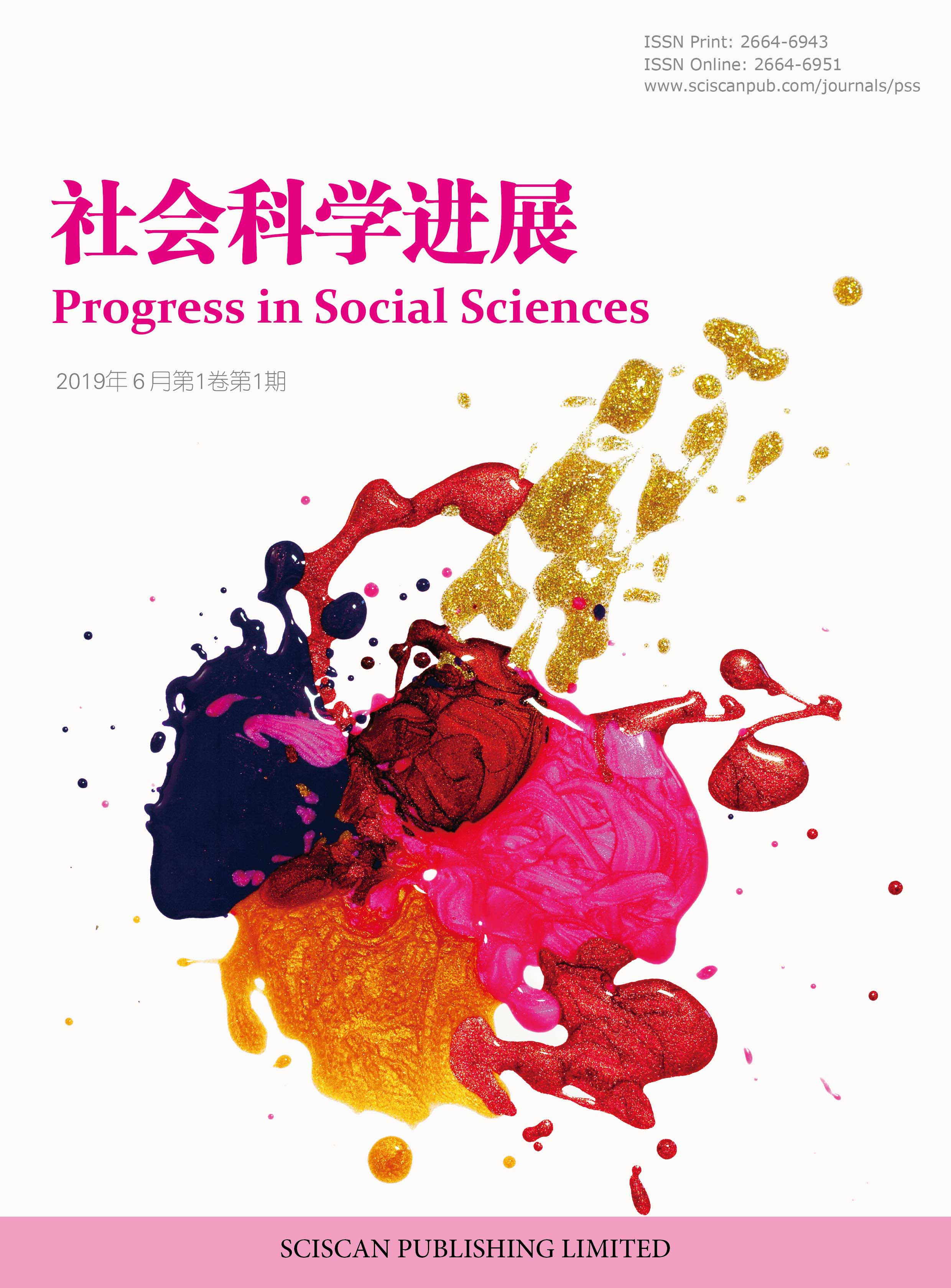Progress in Social Sciences
ISSN Print: 2664-6943
ISSN Online: 2664-6951
Contact Editorial Office
Subscribe to the latest published information from SCISCAN
经济增长、劳动力流动与空气污染——基于深圳的空间时序分析
Economic Development, Labor Mobility and Air Pollution-a Spatial and Timing Study Based on Shenzhen
- Authors: 倪红福¹ 赵栩婕² 钟柳青³ 傅愈¹ 王文军¹
-
Information:
1.深圳市云天统计科学研究所,深圳; 2.澳门科技大学,澳门; 3.广东医科大学,东莞
-
Keywords:
Labor mobility; PM2.5 level; Spatial model劳动力流动; PM2.5 浓度; 经济增长; 时空分析
- Abstract: Using community-scale demographic, economic and environmental data, the effect of labor mobility in Shenzhen on PM2.5 is tested by spatial statistical models. The conclusions provide an empirical basis for policy formulation and evaluation of Shenzhen’s population, economy and environmental development. The results showed that there is a positive correlation between labor mobility and PM2.5, and that excessive concentration of migrant labor force induced the increase of PM2.5 level, and that the proportion of migrant labor force strengthened the effect of labor mobility on PM2.5 before 2015. PM2.5 is influenced by the spatial self-correlation of demographic, economic and environmental factors in neighboring areas, and the spatial model has unique advantages in environmental and social science research. Finally, the future research direction is proposed from the research scale, research content and policy evaluation of environmental problems. 利用社区尺度的人口、经济与环境数据,采用空间统计模型实证检验深圳劳动力流动对与PM2.5 浓度的影响。研究结论为深圳人口、经济与环境协同发展的政策制定和评估提供了经验依据。研究结果发现,劳动力流动与PM2.5 浓度有正相关关系,流动劳动力密度过高会影响PM2.5 浓度上升,2015 年以前,流动劳动力占比强化了劳动力流动对PM2.5 浓度的影响。PM2.5 浓度受到相邻地区人口、经济、环境因素的空间自相关性影响,空间模型在环境社会科学研究方面具有独特的优势。最后,从环境问题的研究尺度、研究内容和政策评估方面提出未来的研究方向。
- DOI: https://doi.org/10.35534/pss.0403022
-
Cite:
倪红福,赵栩婕,钟柳青,等.经济增长、劳动力流动与空气污染——基于深圳的空间时序分析[J].社会科学进展,2022,4(3):238-263.
















